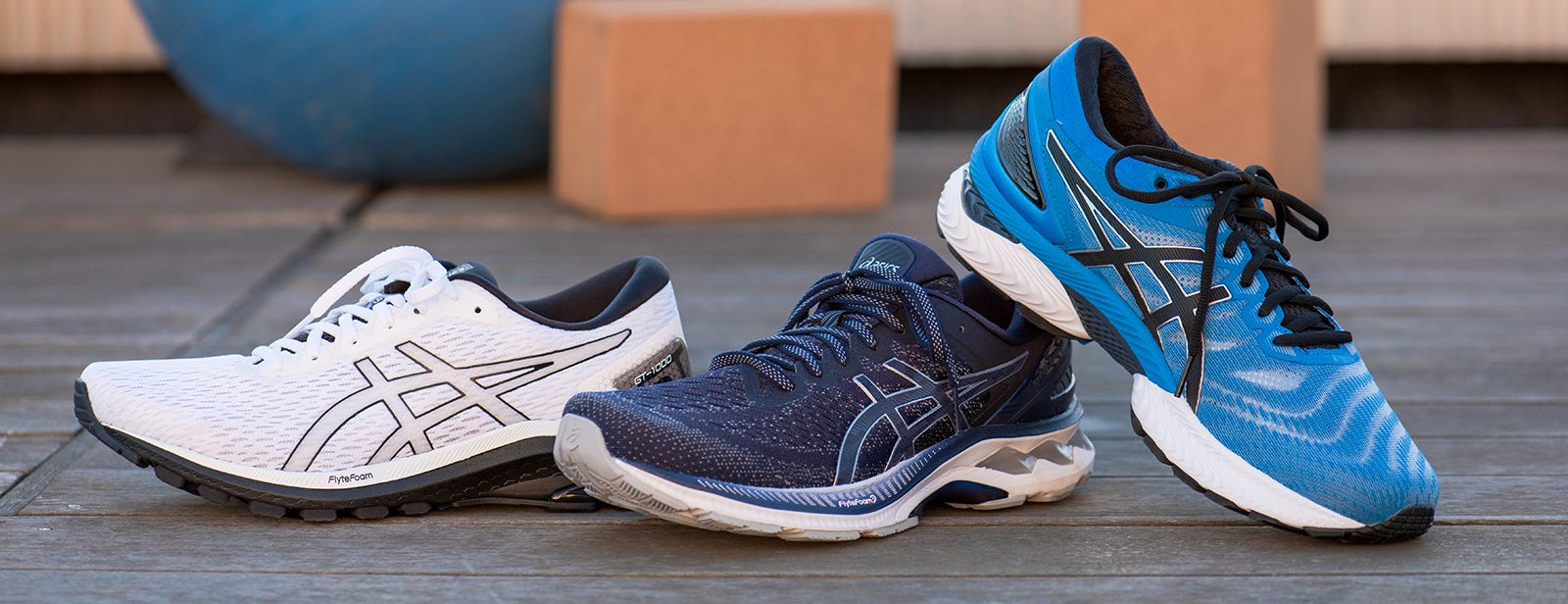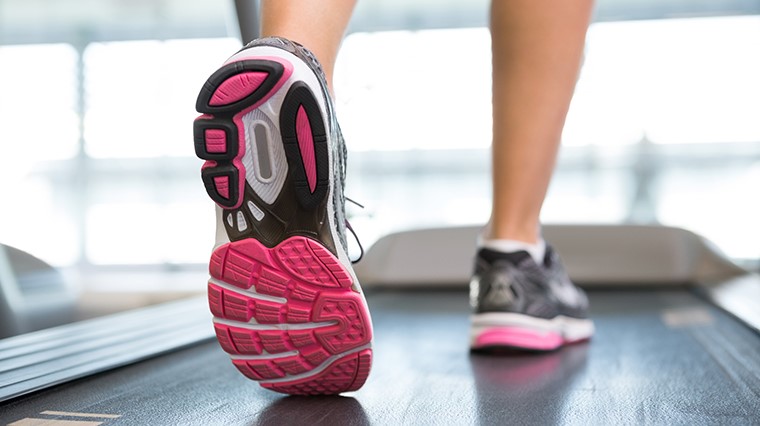Aerobic Shoes vs Running Shoes: Choosing the Right Footwear for Your Workout
The decision between aerobic shoes and running shoes is a pivotal one for anyone looking to enhance their workout performance and comfort. These two types of athletic footwear, while similar in their goal of supporting physical activity, are designed with specific workout types in mind and possess unique features to cater to those needs.
Why Aerobic Shoes and Running Shoes Are Different
Aerobic shoes are crafted to provide ample cushioning and support for the multidirectional movements typical of aerobic exercises. They are engineered to handle the lateral stress and rapid shifts in direction that come with activities like dance-based workouts or agility drills. On the other hand, running shoes prioritize heel cushioning and forward motion support, addressing the repetitive impact and continuous strain of running.
Key Differences Between Aerobic and Running Shoes
The soles of aerobic shoes are more flexible, accommodating the diverse range of movements in aerobic activities. In contrast, running shoes feature stiffer soles designed to promote a more efficient running stride. Traction is another area where these two types of shoes diverge; running shoes need to offer excellent grip for forward movement across various terrains, while aerobic shoes emphasize multi-directional grip for stability during quick directional changes.
Breathability is also a key consideration in aerobic shoes, as the high-intensity nature of aerobic workouts can generate significant heat. As a result, these shoes are often made with more breathable materials to keep feet cool and dry. Conversely, running shoes, while also breathable, may not prioritize this feature to the same extent due to the different nature of the activity. Additionally, aerobic shoes might be slightly heavier to ensure the necessary stability for side-to-side movements, whereas running shoes are generally lighter to reduce fatigue over longer distances.

How to Choose the Right Shoes for Your Workout
Identifying the primary type of exercise you engage in is essential. If you participate in high-impact aerobics, weight training, or group fitness classes, aerobic shoes are the ideal choice. For running or jogging, running shoes are the better option. Understanding your foot type is crucial; different arch types require varying levels of support and cushioning. A professional foot measurement and analysis can provide insights into the most suitable shoe construction for your needs.
Trying on shoes and performing test movements in the store is a must to ensure comfort and support without pinching or sliding. Aesthetics should not overshadow functionality, but a good balance between style and performance is desirable. The design should appeal to you and meet the necessary requirements for your specific workout. Reading user reviews and consulting with fitness experts or running coaches can provide valuable insights and recommendations.

Making an Informed Decision
By comprehending the distinctions between aerobic shoes and running shoes, and by taking into account the specific demands of your workout routine, you can select the footwear that will augment your performance and comfort. This informed choice will not only elevate your workout experience but also contribute to your overall fitness journey.
“The right pair of shoes can make all the difference in your workout,” says renowned fitness expert John Doe, emphasizing the importance of footwear selection in achieving optimal results.
In conclusion, the choice between aerobic shoes and running shoes is not one to be taken lightly. It requires a thoughtful consideration of your workout type, foot anatomy, and personal preferences. By making a deliberate and educated decision, you invest in your fitness and well-being.

